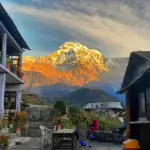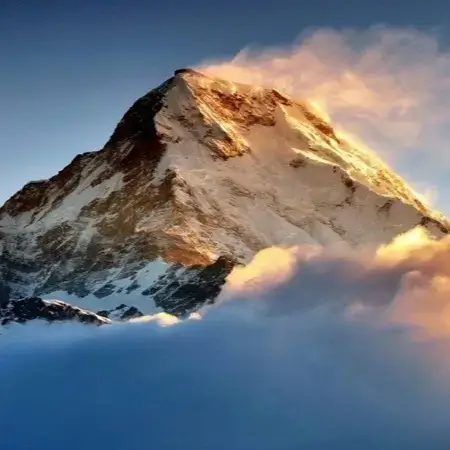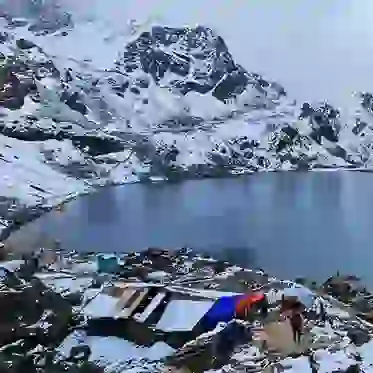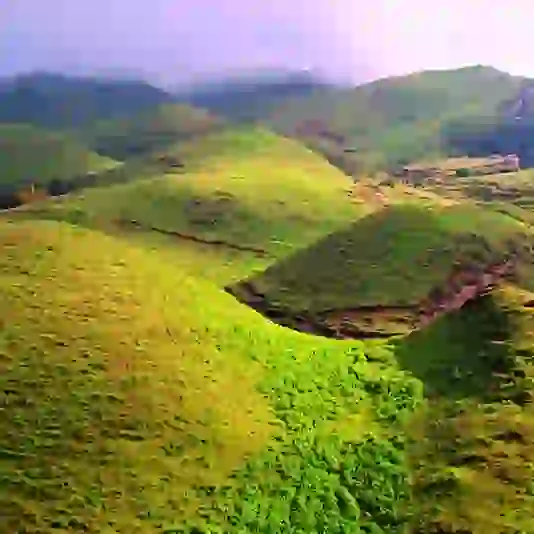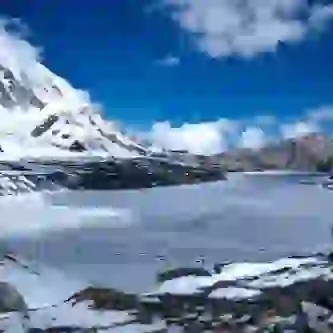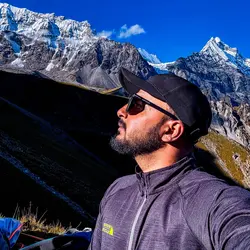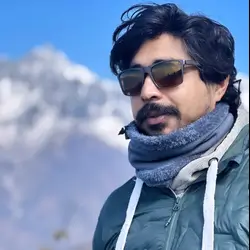Janakpur is the capital of Nepal's Dhanusa District. The city was built in the early 18th century and served as the capital of Ancient Mithila, controlled by the Videha dynasty. Janakpur is now a well-known religious and cultural attraction.
The city is roughly 123 kilometres (76 miles) south of Kathmandu. The population of the city was 169,287 in 2015.
History Of Janakpur
Janakpurdham was constructed in the early 18th century, as per the ascetics, pandits, and bards. Janakpurdham was first mentioned as a pilgrimage destination in 1805. There has been no earlier archaeological evidence of the presence of an ancient city. According to the Hindu epic Ramayana, King Janak of Videha's palace was in ancient Janakpur.
He is supposed to have discovered a newborn girl in a furrow and nurtured her as his daughter, naming her Sita. He gave her in marriage to anybody who could raise Shiva's bow, which had been abandoned near Janakpur a thousand years before. Many royal suitors attempted to lift the bow, but only Rama, prince of Ayodhya, was capable of doing so. This bow was discovered northeast of Janakpur, according to an ancient ballad.
Janakpur was a collection of rural hamlets inhabited by farmers, artisans, priests, and clerks who worked for the monasteries that ruled the region until the 1950s. Janakpur grew as a commercial centre after India's independence, and in the 1960s, it became the seat of the Dhanusa District.
Janakpur is a significant pilgrimage destination for Hindus worldwide since Rama and Sita are critical symbols in Hinduism.
According to the first-millennium book Shatapatha Brahmana, Maithil king Mthava Videgha, followed by his priest Gotama Rahugana, crossed the Sadnir (Gandaki River) and created the Kingdom of Videha, with Janakpur as its capital. These occurrences must have occurred during the Rigvedic period, as Gotama Rahugana produced numerous Rigvedic hymns.
Janakpur is said to have been the home of Gautama Buddha, the founder of Buddhism, and Vardhamana Mahavira, the 24th and final Tirthankara of the Jain religion. During the first millennium, the area was an important centre for Mithila's history.
Transportation in Janakpur
Nepal Railways is the country's only functioning railway. It links Janakpur to the Indian border at Siraha, Nepal, with a goods customs checkpoint, and Jaynagar, Bihar.
Janakpur has a domestic airport from where most flights to Kathmandu depart. Buses frequently run between Janakpur and other Nepalese cities. Cycle rickshaws, electric rickshaws, tempos, and buses are available inside the city.
Culture of Janakpur
Temples
To the north and west of the market, the magnificent Janaki Mandir dominates Janakpur's centre. Queen Brisabhanu Kunwari of Tikamgarh erected this temple, Nepal's most enormous, in 1898 (1955 in Nepali calendar). It's also known as "Nau Lakha Mandir," estimated to be nine lakh rupees after the building cost.
Sannyasi Shurkishordas, a renowned saint and poet, discovered a golden statue of the Goddess Sita near her birthplace in 1657, which eventually became the site of the modern Janaki Mandir, the Temple of Sita. The Janaki Mandir was erected in 1911 by Tikamgarh's Queen Brisabhanu Kunwari. In terms of architecture, the temple is one of a kind in Nepal.
Its inner sanctuary houses a flower-bedecked figure of Sita miraculously discovered near Ayodhya in the Saryu River. Sita is surrounded by statues of Rama and his half-brothers Lakshman, Bharat, and Satrughna. The temple is lighted up with colourful lights in the early nights, and hundreds of visitors come to pay their respects to Sita and Rama.
The Rama Sita Bibaha Mandir is located next to the Janaki Mandir and commemorates the marriage of Rama and Sita.
Sri Ram Shrine, constructed by Gurkhali soldier Amar Singh Thapa, is the oldest temple in Janakpur. Pilgrims also take ceremonial bathing in the city's more than 200 holy ponds. Dhanush Sagar and Ganga Sagar, the two most important, are both near to the city centre. Next to the Janaki Mandir lies the Vivah Mandap temple. The Ram Tower stands to the south of the Ram Temple. Former Prime Minister Sushil Koirala gave the opening speech.
Festivals
The Hindu festivals Dipawali and Vijayadashami are the most important religious events, followed by Chhath Puja and Makar Sankranti six days following Dipawali. Both events are celebrated in a carnival-like setting by the locals.
A one-day Parikrama (circumambulation) around the city is held on the full moon day of February/March, before the Holi celebration. Along the whole eight-kilometre journey, several individuals prostrate themselves. Another celebration honouring Rama and Sita is Rama Navami, which takes place in March–April and attracts thousands of pilgrims.
On the 5th day of the enlarging moon in November or early December, the Vivah Panchami or Vivah celebration re-enacts Rama and Sita's wedding at the famed Vivah Mandap temple.
Climate of Janakpur
The Terai climate is tropical, with hot, dry, and windy months from April to June, a rainy season from July to September, a chilly dry season from October to January, and a short spring from February to March.


